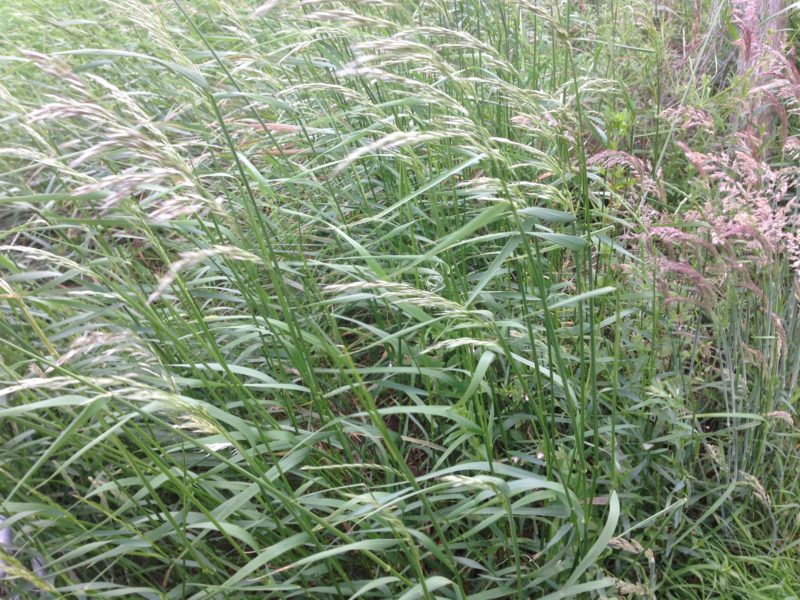Today, we will look at two mechanisms of turfgrass physiology that are active in our grass plants and soil and that follow this tendency towards equilibrium, without which our turf wouldn't be able to grow and thrive.
Tag: bowling green maintenance

Turfgrass Physiology, an introduction
Each of the grass plants in our green is akin to a little factory where Carbon Dioxide and Water are broken down and converted to a sugar based plant food that can be used immediately to fuel the plant's growth processes or converted to starch and stored throughout the plant for future use.
Soil Texture part 4, the Soil Texture Triangle.
So far on our investigation into soil texture we've discussed the problems of building sand castles, why you shouldn't let the Treasurer buy sand for you and a few other less important details like the complexity of sand, soil formation, particle size distribution, macro and micro soil porosity and we finished last time by looking at the famous Soil Texture Triangle
Bowls Green Soil Texture part 3
In the first part of this series we discovered that the ideal bowling green soil (or rootzone) will be 50% space, 5% organic matter, with the remainder (45%) being made up of mineral matter, namely Sand, Silt and Clay. These are the 3 universal mineral components of soil. Part 1 finished with an explanation of the soil fractions, 5 of which were sands of varying sizes.
In part 2 we found out a little bit more about sand and it's behaviour as a drainage medium and we discovered a little more about how soils are formed. We finished by looking at the importance of sand particle shape and size in bowling green rootzones.
Soil Texture part 2
Today we'll try to get a better handle on Soil Texture and discover how some of the soil fractions come about. In particular we will look at the complexity of sand, before getting a better understanding of how soils are formed in the first place. This will help us to understand the importance of sand in bowling green maintenance, but hopefully also to understand more fully, its limitations.
